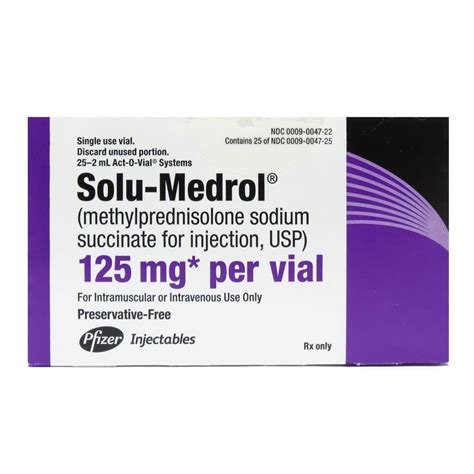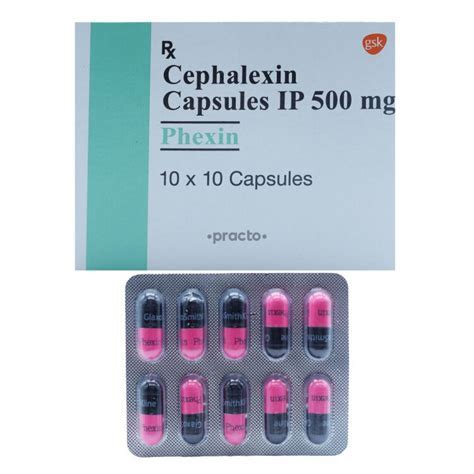Intro
Discover the versatile uses of Methylpred, a potent steroid, in treating inflammation, allergic reactions, and autoimmune diseases, with applications in medicine, including asthma, arthritis, and skin conditions, offering relief and management.
Methylprednisolone, commonly referred to as methylpred, is a synthetic corticosteroid with potent anti-inflammatory and immunosuppressive properties. It is widely used in medicine for its ability to reduce inflammation, suppress the immune system, and alleviate symptoms of various conditions. The importance of methylprednisolone lies in its versatility and effectiveness in treating a range of diseases and disorders, making it a crucial component of modern healthcare. Understanding the uses and benefits of methylprednisolone is essential for both healthcare professionals and patients, as it can significantly improve the quality of life for those affected by certain medical conditions.
The mechanism of action of methylprednisolone involves the suppression of the immune system, which can help in reducing inflammation and alleviating symptoms of autoimmune diseases. It works by binding to glucocorticoid receptors, which then translocate to the nucleus and influence the transcription of various genes involved in the inflammatory response. This results in a decrease in the production of pro-inflammatory cytokines and an increase in the production of anti-inflammatory cytokines, leading to a reduction in inflammation and immune system activity. The benefits of using methylprednisolone include its rapid onset of action, high efficacy, and relatively low cost compared to other treatments.
Methylprednisolone is used in various medical specialties, including rheumatology, pulmonology, gastroenterology, and neurology, among others. Its applications range from treating acute exacerbations of asthma and chronic obstructive pulmonary disease (COPD) to managing autoimmune diseases such as rheumatoid arthritis, lupus, and multiple sclerosis. In addition, methylprednisolone is used in the treatment of certain types of cancer, such as lymphoma and leukemia, as well as in the management of transplant patients to prevent rejection. The versatility of methylprednisolone makes it an essential medication in modern healthcare, offering hope and relief to patients with a wide range of medical conditions.
Introduction to Methylprednisolone

Pharmacology of Methylprednisolone
Methylprednisolone is available in various formulations, including oral tablets, intravenous solutions, and topical creams. The choice of formulation depends on the specific condition being treated, as well as the severity of symptoms and the patient's overall health status. When administered orally, methylprednisolone is rapidly absorbed into the bloodstream, where it can exert its effects on the immune system and inflammatory response. The drug is then metabolized by the liver and excreted in the urine, with a half-life that allows for once-daily or twice-daily dosing in most cases.Medical Uses of Methylprednisolone

Benefits and Risks of Methylprednisolone
The benefits of methylprednisolone include its rapid onset of action, high efficacy, and relatively low cost compared to other treatments. However, like all medications, methylprednisolone is associated with potential risks and side effects, including: * Weight gain and fluid retention * Mood changes and insomnia * Increased risk of infection * Osteoporosis and bone fractures * Cataracts and glaucoma * Adrenal insufficiency and Cushing's syndromeAdministration and Dosage of Methylprednisolone

Monitoring and Follow-Up
Patients receiving methylprednisolone require regular monitoring and follow-up to minimize the risk of side effects and ensure the optimal therapeutic effect. This includes: * Regular blood tests to monitor liver function, blood sugar levels, and electrolyte balance. * Regular blood pressure checks to monitor for hypertension. * Regular eye exams to monitor for cataracts and glaucoma. * Regular bone density tests to monitor for osteoporosis.Special Considerations and Precautions

Interactions with Other Medications
Methylprednisolone may interact with other medications, including: * Anticoagulants: Methylprednisolone may increase the risk of bleeding when used with anticoagulants. * Anti-diabetic medications: Methylprednisolone may increase blood sugar levels, requiring adjustments to anti-diabetic medications. * Anti-hypertensive medications: Methylprednisolone may increase blood pressure, requiring adjustments to anti-hypertensive medications.Conclusion and Future Directions

We invite you to share your thoughts and experiences with methylprednisolone in the comments section below. Have you or a loved one used methylprednisolone to treat a medical condition? What were your experiences with the medication, and what benefits or side effects did you encounter? Your input can help others understand the potential benefits and risks of methylprednisolone and make informed decisions about their healthcare.
What is methylprednisolone used for?
+Methylprednisolone is used to treat a wide range of medical conditions, including asthma, COPD, rheumatoid arthritis, lupus, and certain types of cancer.
What are the potential side effects of methylprednisolone?
+The potential side effects of methylprednisolone include weight gain, mood changes, increased risk of infection, osteoporosis, cataracts, and glaucoma.
How is methylprednisolone administered?
+Methylprednisolone can be administered orally, intravenously, or topically, depending on the specific condition being treated and the severity of symptoms.
